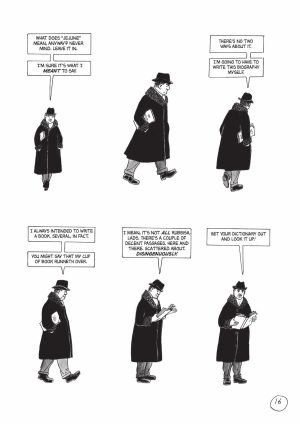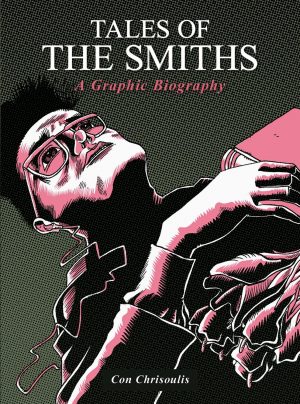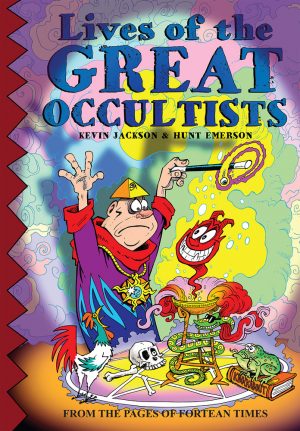Review by Frank Plowright
The Lad Himself is the first original graphic novel from audio production company B7, and spotlights a comedy genius not as well remembered as he should be. From the mid-1950s to the early 1960s Tony Hancock was a contender for the funniest man in the UK, yet as writer Stephen Walsh notes, he couldn’t sell a joke. First on the radio, then for TV and film, he was provided with sharp sitcom plots by the partnership of Ray Galton and Alan Simpson, where Hancock’s assertive, but often wrong-minded character played off the roguish confidence of Sid James. Biographer Louis Barfe provides a full disclosure introduction followed by Walsh’s own appreciation, but if you’ve never heard of Hancock, check some clips online.
Walsh discards a strictly chronological biography in favour of snippets, jumping back and forth through time, and mixing Hancock as he was with his stage persona, yet none of those are the really clever aspect. That’s sketches seemingly from Hancock’s TV shows, but actually Walsh’s creations, the use of the original scripts presumably prohibitively costly even were permission to be granted. If these sketches failed it could be seen as a conceit, jejune as Hancock describes aspects of The Lad Himself, but they’re convincingly authentic and funny. There’s also a clever way of using perhaps Hancock’s finest half hour, ‘The Blood Donor’.
Keith Page’s classic 1950s Hancock in dark coat with fur collar and trilby serves him well for use many times over. From very early on the trappings form such a distinctive statement that they disguise Page not being comfortable with likenesses. At times Hancock’s is almost exact, full-faced with incipient jowls, but there are also portraits where he’s curiously flat with wonky eyes. Generally, though the middle ground prevails, although other people, even gifts to caricaturists such as Sid James and Kenneth Williams, are drawn more generically. There’s a wish for an artist with a greater affinity for likenesses, but would they supply the work ethic, compositional skill and tone that Page does? He’s also good with subtle background touches for people who know the featured comedians.
The essence of what fans believe Hancock to be is definitively supplied by The Lad Himself. When Hancock comments sardonically on the script, and on scenes from his past, the world-weary, persona with it’s knowing superiority is extraordinarily well applied. Personality also transmits in scenes of the younger Hancock, written as a series of expectations starkly contrasted by reality, as in a fine touch of Hancock haunted by the sinister seaside comedy stall persona of Mr. Punch. The generous length allows for this to be more than a skim through the past before reaching fame, and Walsh is able to include moments of foreshadowing, the driest being Hancock’s World War II comedy partner eventually emigrating to Australia and committing suicide.
Yet at times there is skimming, cursory use of Hancock’s wife being an example when digressions into Spike Milligan’s madness aren’t needed, and at times Walsh is a little too clever, such as the deliberate disjointing of a sketch presented as if during the live broadcast. However, an authentic voice transmits throughout via excellently devised speech patterns, with a recurring motif of a self-destructive propensity for mistaking ambition for capability. In all, the good, the bad, and ugly of Hancock are duly and stylishly offered to present a man who delighted millions, but tragically never himself.
This isn’t available via online booksellers, but can be bought direct from B7 Media.





